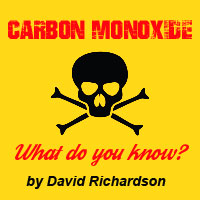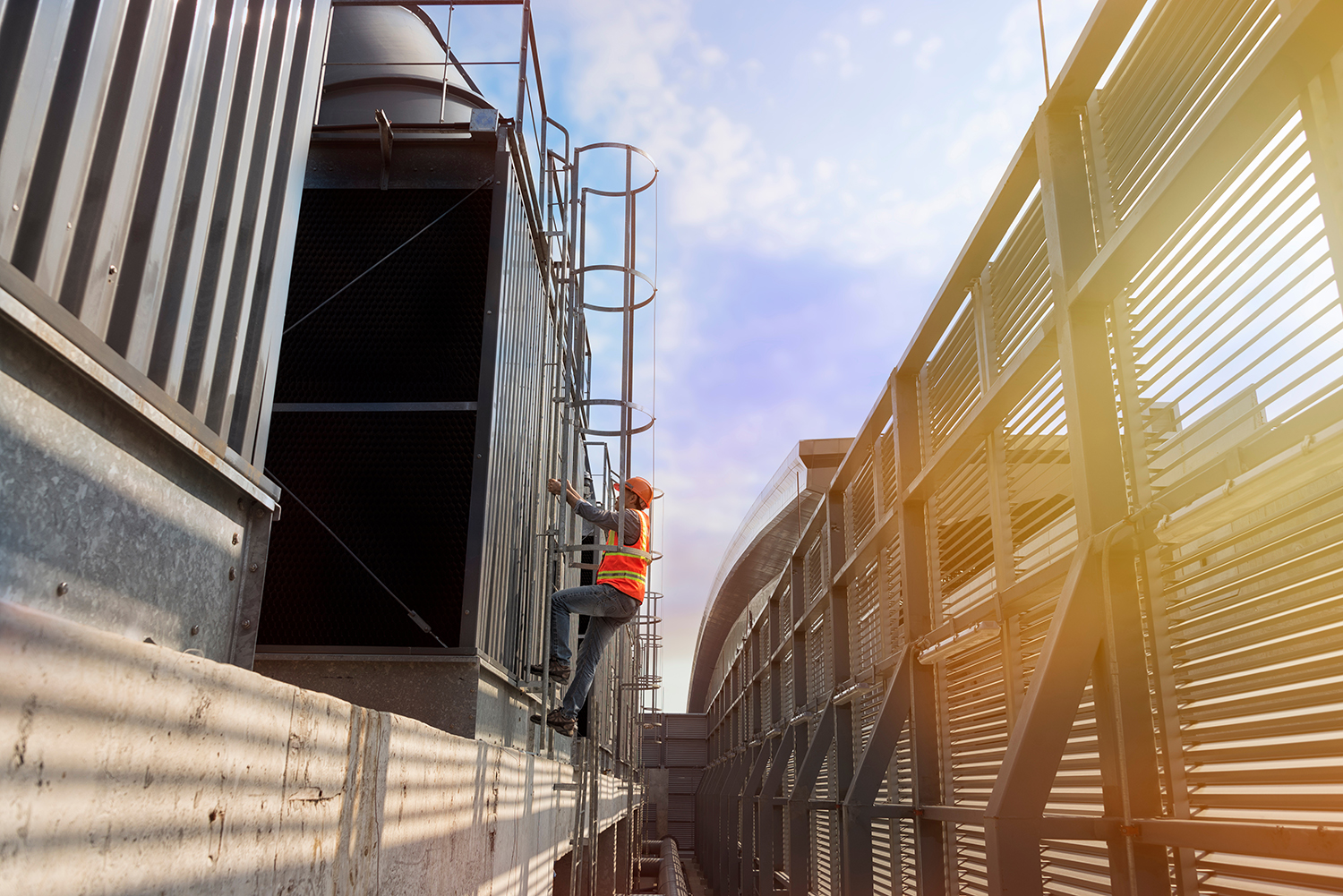
News
Carbon Monoxide: Backdrafting and Spillage
By David Richardson

What is the difference between backdrafting and “spillage” in natural draft equipment? These two terms are often used interchangeably even though they have different meanings. This leads to a lot of confusion and incorrect diagnoses in the field. Let’s look at differences between the two.
Backdrafting
Backdrafting is a reversal of the ordinary direction of airflow in a chimney or flue when vented combustion appliances are operating. In chapter 34 of the 2008 ASHRAE handbook, backdrafting is one of the venting disturbances that drafthoods are designed to isolate equipment from. Backdrafting is one of the ways spillage occurs and there are multiple driving forces both inside and outside a building that can cause it.
Stack effect is one such cause. Stack effect is the movement of air in and out of a building through leakage and differences in air density. A tall, leaky building has the potential to become a larger flue than any dedicated flue you attach to a fuel-fired piece of equipment. Add a designed hole in the venting system, such as a drafthood, and the building often wins the battle.
Air movement from fans can also lead to backdrafting. This problem can exceed stack effect because fans have the potential to create larger pressure differences in a building. Issues such as duct leakage, improper air balancing, exhaust fans, central returns, and interior door (conditioned space manual damper) closure all contribute to amplifying or masking this interaction.
As these forces work in a building, they have the potential to depressurize the combustion appliance zone (CAZ) and reverse the intended direction of airflow in a chimney or flue.
Spillage
Spillage is the introduction of combustion byproducts into a building from dilution air vents, vent connector joints, induced draft fan case openings, combustion air inlets, or other locations in the combustion or venting system of a vented combustion appliance. This introduction is caused by backdrafting, flue blockage, or leaks in the venting system.
Backdrafting is only one cause of spillage. One curious aspect of this definition is that updrafts (too much draft) are not mentioned as a cause of spillage. Is it possible this is due to it being one of the most misdiagnosed and unrecognized safety conditions in the field today?
It is possible for a condition that allows spillage to occur without backdrafting happening at the same time. For instance, if the flue is blocked or restricted, spillage would occur, yet backdrafting might not be the main cause. For spillage to be related to backdrafting, CAZ depressurization would also have to exist.
Another instance I referred to earlier that can contribute to spillage is an updraft condition – the exact opposite of backdrafting. Many of us have been taught that if draft in the flue is higher than calculated minimum acceptable draft levels, everything is fine. This is a dangerous assumption, since you don’t have enough information to differentiate dilution air (room air) and flue gas leaving the equipment.
In an updraft condition, you could have substantially more dilution air going up the flue than flue gas. When this happens, flue gases essentially become trapped inside the equipment and spillage occurs at the burner inlet. Keep in mind, the burner inlet isn’t a one-way street. Have you ever seen large brown stains above the burner compartment of a water heater, or rust inside the heat exchanger of a gas furnace? These are visual signs that spillage might be occurring.
The use of chemical smoke and/or mirrors around the base of the drafthood of a natural draft appliance won’t catch this form of spillage. The drafthood isn’t the location of the spillage. If you were to perform a traditional spillage test in an updraft condition it would pass with flying colors as only one location is being tested.
The only way to discover this is with a combustion analyzer. Multiple carbon monoxide (CO) readings need to be taken during the equipment run cycle to determine a trend of operation. If CO readings rise during the run cycle and excessive draft pressure is present, there’s a good possibility you’re encountering this phenomenon.
Hopefully this takes a bit of confusion out of the definitions we frequently use and at the same time opened your eyes to other possibilities for spillage that had not been considered before.
About the Author
David Richardson serves the HVAC industry as a curriculum developer and trainer at the National Comfort Institute, Inc. (NCI). NCI specializes in training focused on improving, measuring, and verifying HVAC and Building Performance. If you’re an HVAC contractor or technician interested in learning more about adding combustion testing to your services, contact David at davidr@ncihvac.com or call him at 800-633-7058. NCI’s website www.nationalcomfortinstitute.com is full of free technical articles and downloads to help you improve your professionalism and strengthen your company.













